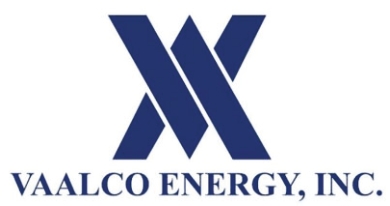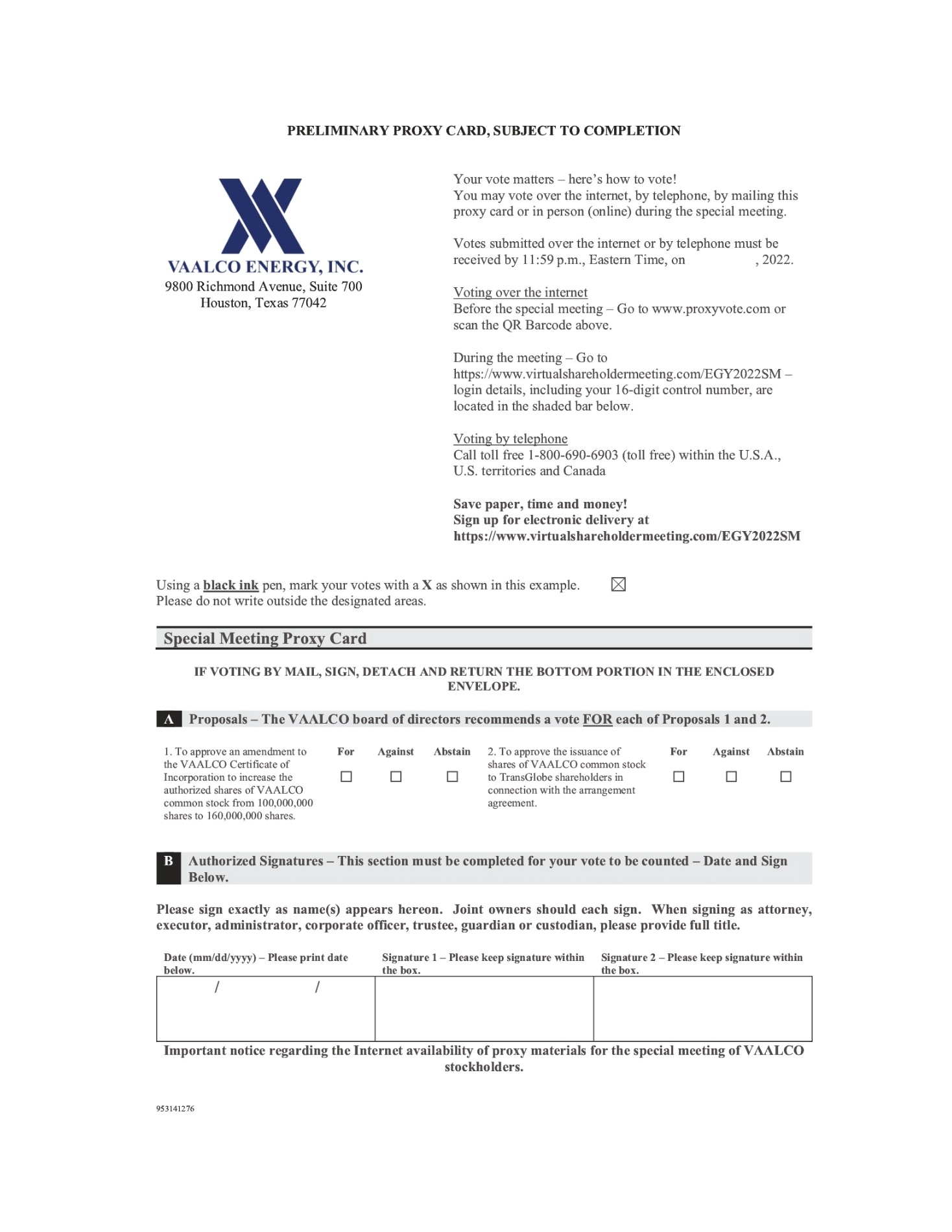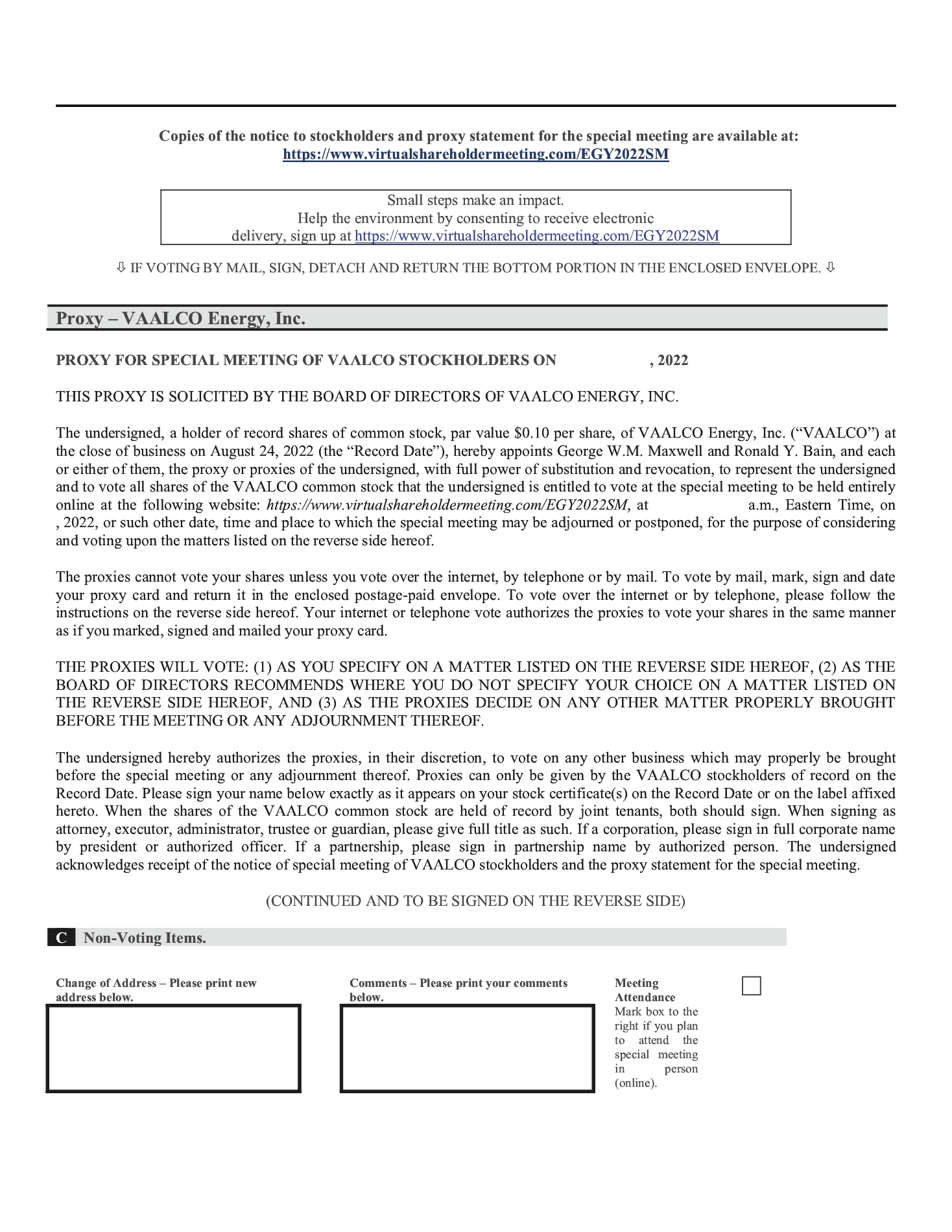“Plan of Arrangement” means the plan of arrangement of TransGlobe, substantially in the form of Schedule A hereto, and any amendments or variations thereto made in accordance with this Agreement and the Plan of Arrangement or upon the direction of the Court in the Final Order;
“Pre-Acquisition Reorganization” has the meaning given to it in Section 5.12(a);
“Proceeding” means any suit, claim, action, charge, complaint, litigation, arbitration, proceeding (including any civil, criminal, administrative, investigative or appellate proceeding), hearing, audit, examination or investigation commenced, brought, conducted or heard by or before, any court or other Governmental Entity;
“Prospectus Rules” means the U.K. version of Regulation (EU) 2017/1129, which is part of the laws of England and Wales by virtue of the EUWA and certain other enacting measures;
“Registrar” means the Registrar of Corporations for the Province of Alberta or the Deputy Registrar of Corporations appointed under section 263 of the ABCA;
“Release” means any spill, leak, pumping, addition, pouring, emission, emptying, discharge, injection, escape, leaching, disposal, dumping, deposit, spraying, burial, abandonment, incineration, seepage, placement or introduction of a Hazardous Substance into the Environment;
“Representatives” means, with respect to any Person, such Person’s officers, directors, employees and other representatives acting on its behalf, including any financial advisors, attorneys and accountants;
“SEC” means the United States Securities and Exchange Commission;
“SEC Clearance” the earliest of (a) confirmation from the SEC that the VAALCO Proxy Statement is not to be reviewed by the SEC, (b) if VAALCO has not otherwise been informed by the SEC that the SEC intends to review the VAALCO Proxy Statement, on the eleventh (11th) calendar day immediately following the date of filing of the VAALCO Proxy Statement with the SEC and (c) if VAALCO receives comments from the SEC with respect to the VAALCO Proxy Statement, upon confirmation from the SEC that it has no further comments on the VAALCO Proxy Statement;
“Securities Act” means the Securities Act (Alberta) and the rules, regulations and published policies made thereunder;
“Senior Employee” means each of the employees of TransGlobe and its Subsidiaries holding a position of set forth in Section 1.1 of the TransGlobe Disclosure Letter;
“Standard Listing” means a listing on the standard segment of the Main Market in accordance with Chapter 14 of the Listing Rules;
“Statutory Plans” means statutory benefit plans which a Party and any of its Subsidiaries are required to participate in or comply with, including any benefit plan administered by any federal or provincial government and any benefit plans administered pursuant to applicable health, Tax, workplace safety insurance, and employment insurance legislation;
“Subsidiary” has the meaning given to it in NI 45-106, in force as of the date of this Agreement, and shall include any TransGlobe JV Entity, in the case of TransGlobe, and any VAALCO JV Entity, in the case of VAALCO;
“Takeover Laws” means any “moratorium,” “control share acquisition,” “fair price,” “supermajority,” “affiliate transactions,” “takeover,” “interested shareholder,” or “business combination” statute or regulation or other similar anti-takeover Laws;
“Tax” or “Taxes” means any taxes, duties, fees, premiums, assessments, imposts, levies, expansion fees and other charges of any kind whatsoever imposed by any Governmental Entity and any amounts owing or refunds owing under section 125.7 of the Tax Act, including all interest, penalties, fines, additions to tax or other additional amounts imposed by any Governmental Entity in respect thereof, and including, but not limited to, those levied on, or measured by, or referred to as, income, gross receipts, profits, windfall, royalty, capital, transfer, land transfer, sales, goods and services, harmonized sales, use, value-added, excise, stamp, withholding, business, franchising, property, development, occupancy, employer health, payroll, employment, health, social services, education and social security




